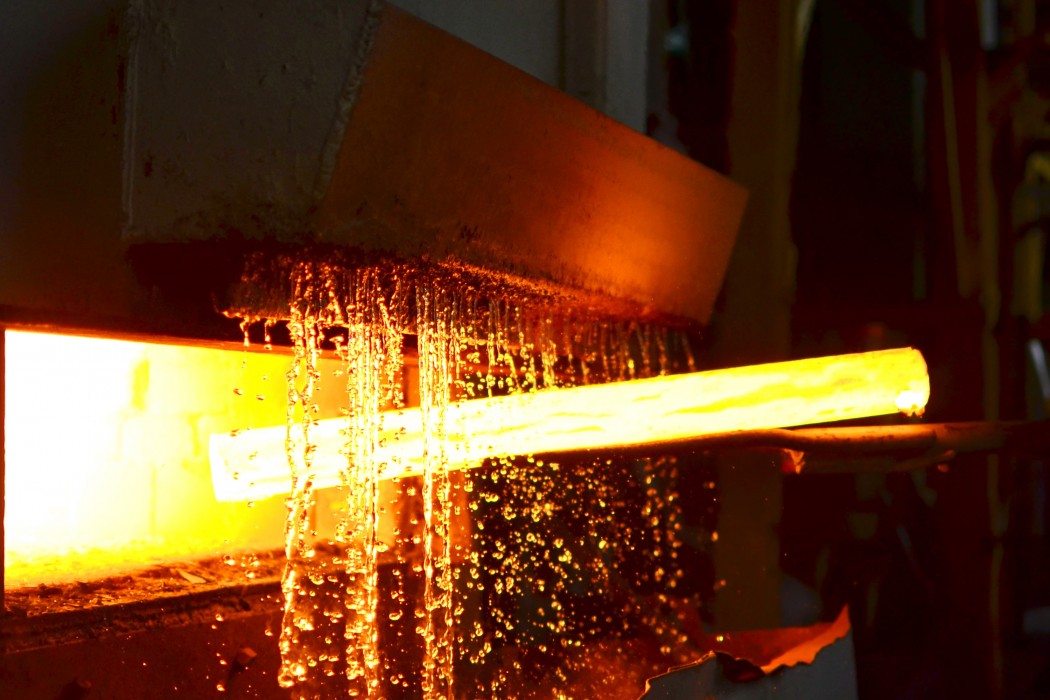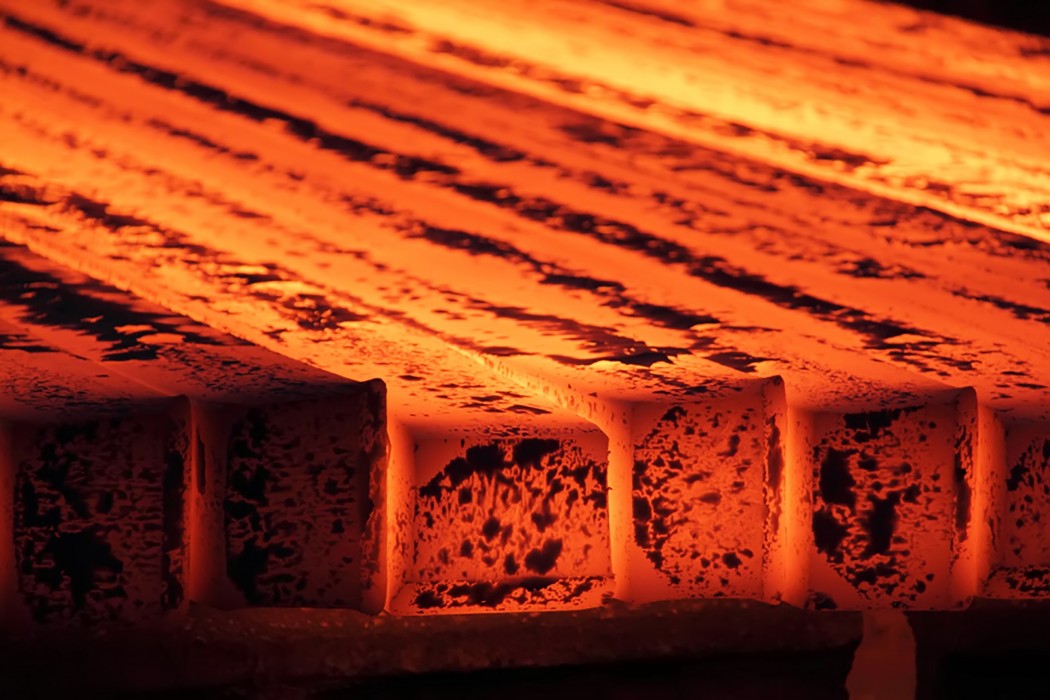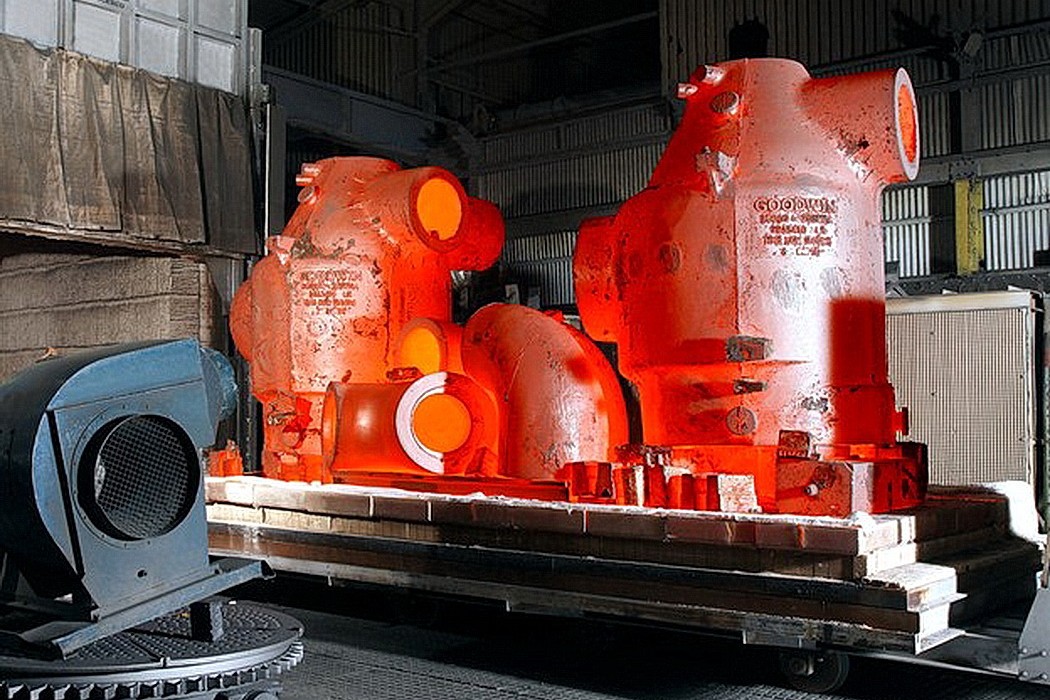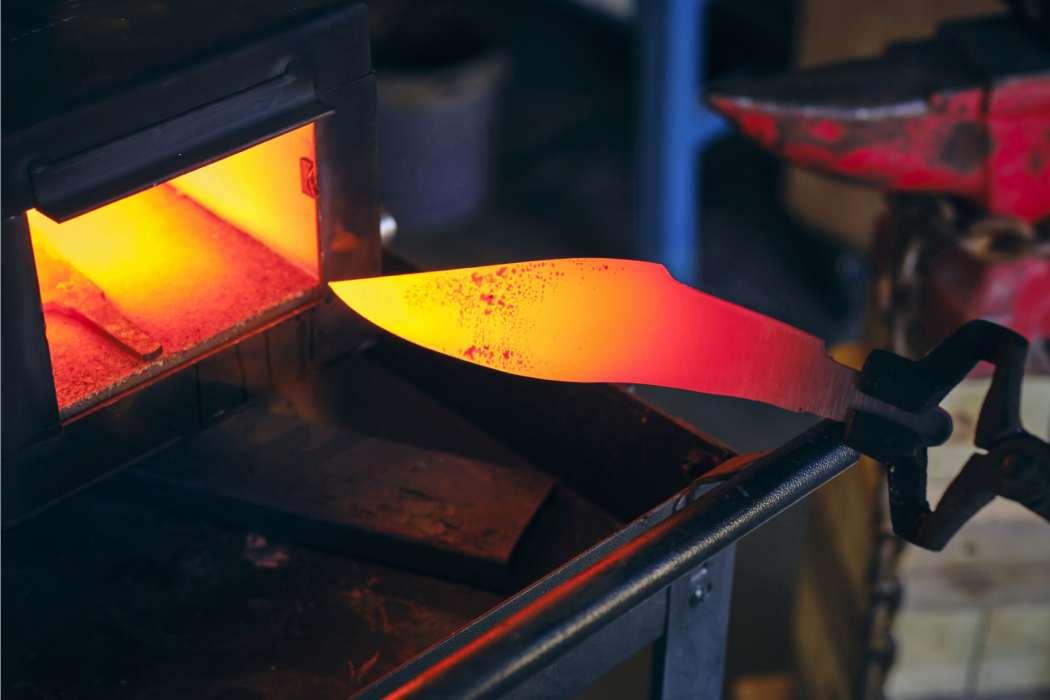EXPERTISE // SERVICES // METALLURGY AND APPLIED MECHANICS
Heat Treating Evaluations
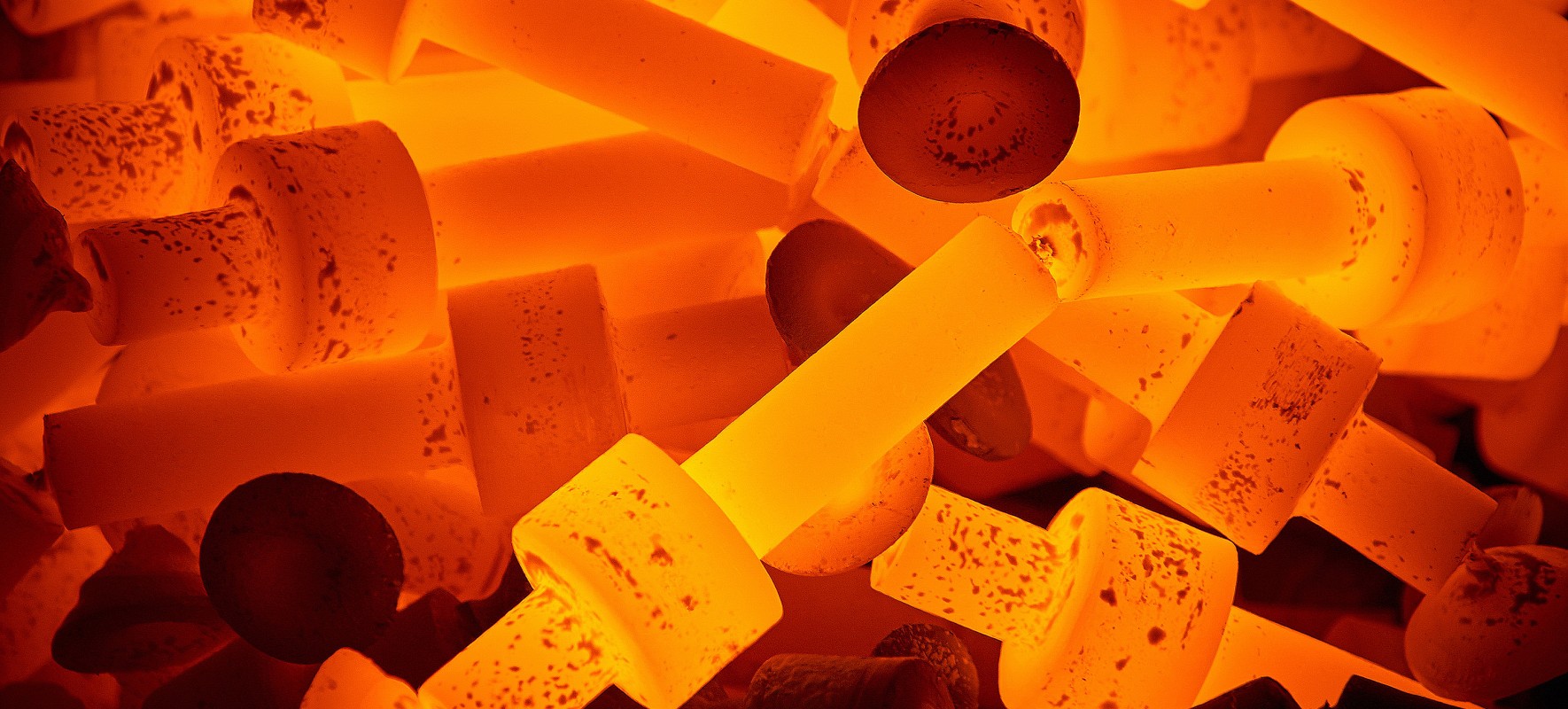

Metal alloys are often heat-treated to obtain certain physical properties such as hardening or softening a metal to alter its strength or ductility. There are many types of heat treatments for a variety of metal alloys. Several of the more common treatments include quenching, annealing, tempering, normalizing, case hardening, precipitation hardening, and carburizing. During the heat treatment process, the metal is brought to specific temperatures to manipulate the grain structures in the metal, which in turn alters the mechanical properties.
The metallurgy laboratory in our Janney Technical Center specializes iin assessing heat treatments for all metals by creating metallographic specimens for examination in a metallographic microscope or scanning electron microscope. In the case of carburizing or case hardening, the depth of the heat treatment from the exterior surface can be measured and microhardness testing can be performed to assess that the proper hardness was achieved.
When performed incorrectly, heat treatments can lead to material failure in certain applications. Our metallurgy and applied mechanics engineers routinely assist in failure analyses relating to incorrect or unintentional heat treatments of metals. When an experienced metallurgist receives a failed component, they utilize background information, service history records, metallographic samples, and hardness data to convey a narrative of what happened and preventative measures that can be taken in the future.
- Metallurgy and applied mechanics
- Rockwell hardness testing
- Microhardness testing
- Materials characterization
- Metallography
- Peer review
- Failure analysis
- Corrosion analysis
- Scanning Electron Microscope (SEM)
- Post-weld heat treatments (PWHT)
- Case hardening treatments
- Decarburization analysis
- Ductility heat treating evaluations
- Third-party analysis
- Litigation support
RELATED INFORMATION
-
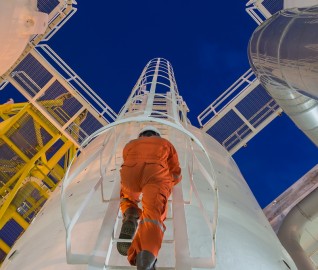 Our metallurgical and applied mechanics engineers provide solutions related to design... MORE >Services | Metallurgy and Applied Mechanics
Our metallurgical and applied mechanics engineers provide solutions related to design... MORE >Services | Metallurgy and Applied Mechanics -
 We provide dedicated engineering support and specialized testing services for all sectors across... MORE >Markets | Energy
We provide dedicated engineering support and specialized testing services for all sectors across... MORE >Markets | Energy -
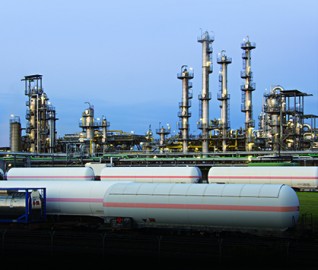 After several large concrete spalls fell from a catalytic reformer support structure at a... MORE >Articles | Asset Integrity Case Study: Catalytic Reformer Support Structure
After several large concrete spalls fell from a catalytic reformer support structure at a... MORE >Articles | Asset Integrity Case Study: Catalytic Reformer Support Structure -
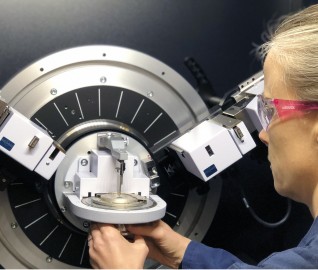 WJE's Janney Technical Center (JTC) provides advanced testing and forensic capabilities to... MORE >Labs | Janney Technical Center
WJE's Janney Technical Center (JTC) provides advanced testing and forensic capabilities to... MORE >Labs | Janney Technical Center



































